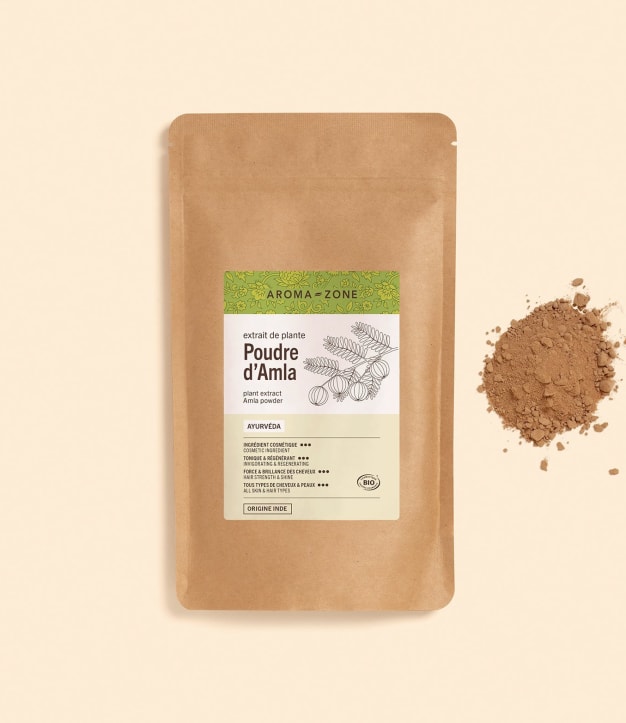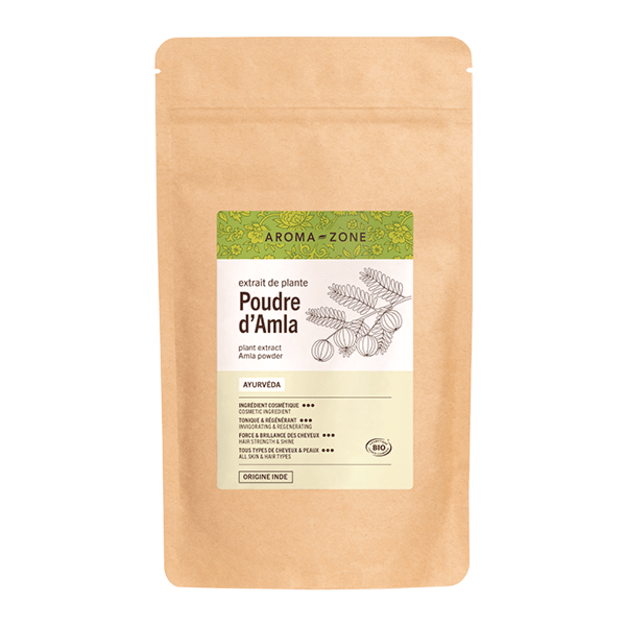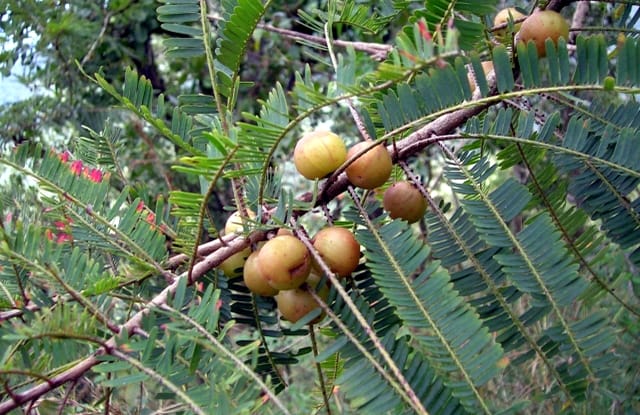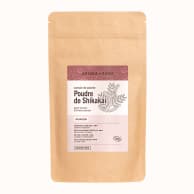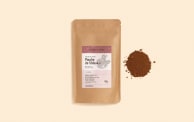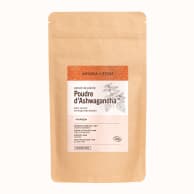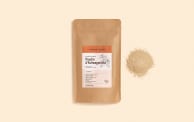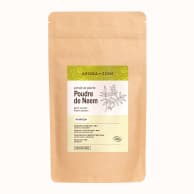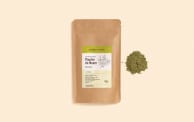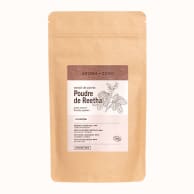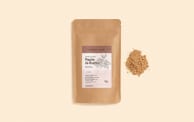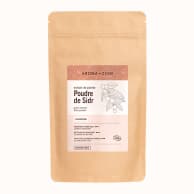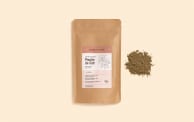Our commitments



Cultivation
Organic, certified by Ecocert Greenlife in accordance with the Ecocert standard available at http://cosmetiques.ecocert.com
Quality
100% pure and natural.
Production process
Hand-picked Amla fruit, air-dried and ground
Part of the plant used
Fruit
Botanical name
Emblica officinalis fruit
Botanical family
Euphorbiaceae
Benefits and properties
Anti-ageing
Astringent
Hair strengthening
Purifying
Country of origin
India
Other names
Amalaki, Phyllanthus emblica, Emblic myrobolan, Indian gooseberry
INCI name
Emblica officinalis fruit powder
